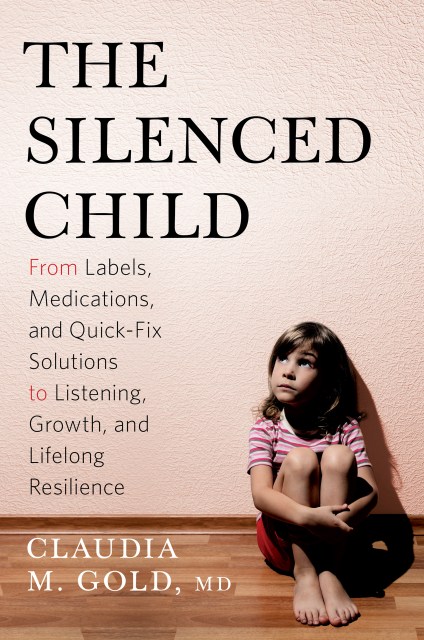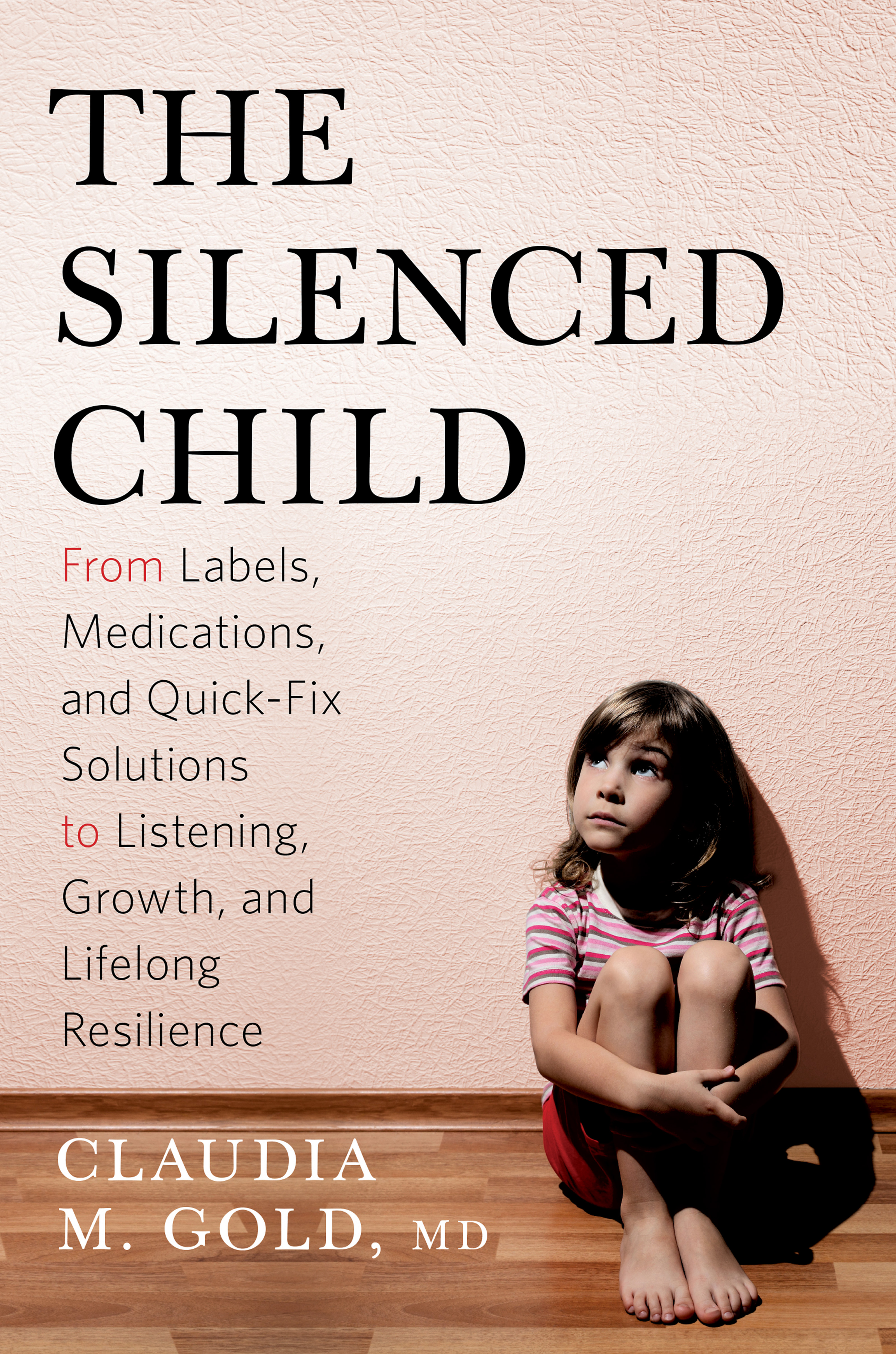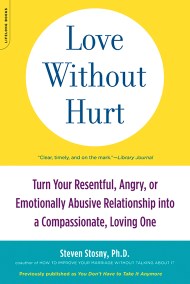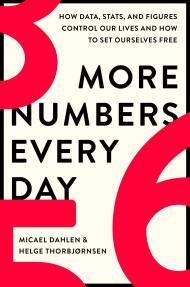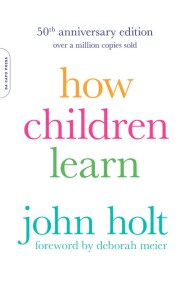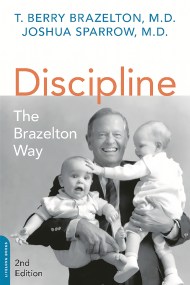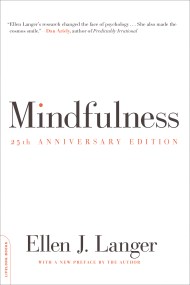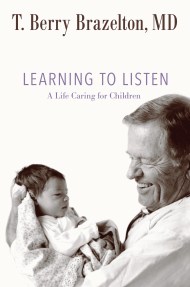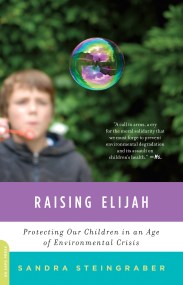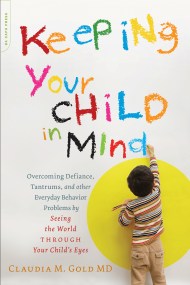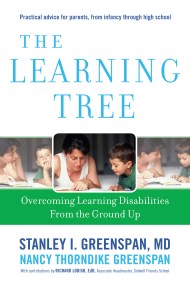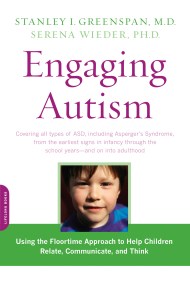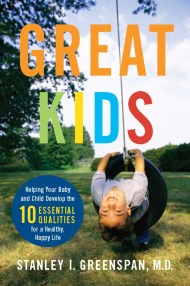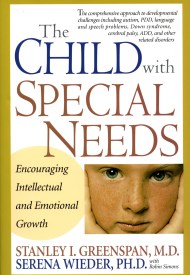Promotion
Use code MOM24 for 20% off site wide + free shipping over $45
The Silenced Child
From Labels, Medications, and Quick-Fix Solutions to Listening, Growth, and Lifelong Resilience
Contributors
Formats and Prices
Price
$17.99Price
$22.99 CADFormat
Format:
ebook $17.99 $22.99 CADThis item is a preorder. Your payment method will be charged immediately, and the product is expected to ship on or around May 3, 2016. This date is subject to change due to shipping delays beyond our control.
Also available from:
Praise for Keeping Your Child in Mind:
“A very useful, thoughtful book. It lays out the best thinking of our time to help parents make decisions about nurturing their child’s development.” — T. Berry Brazelton, MD, professor of Pediatrics, Emeritus Harvard Medical School
Genre:
- On Sale
- May 3, 2016
- Page Count
- 272 pages
- Publisher
- Da Capo Lifelong Books
- ISBN-13
- 9780738218403
Newsletter Signup
By clicking ‘Sign Up,’ I acknowledge that I have read and agree to Hachette Book Group’s Privacy Policy and Terms of Use
